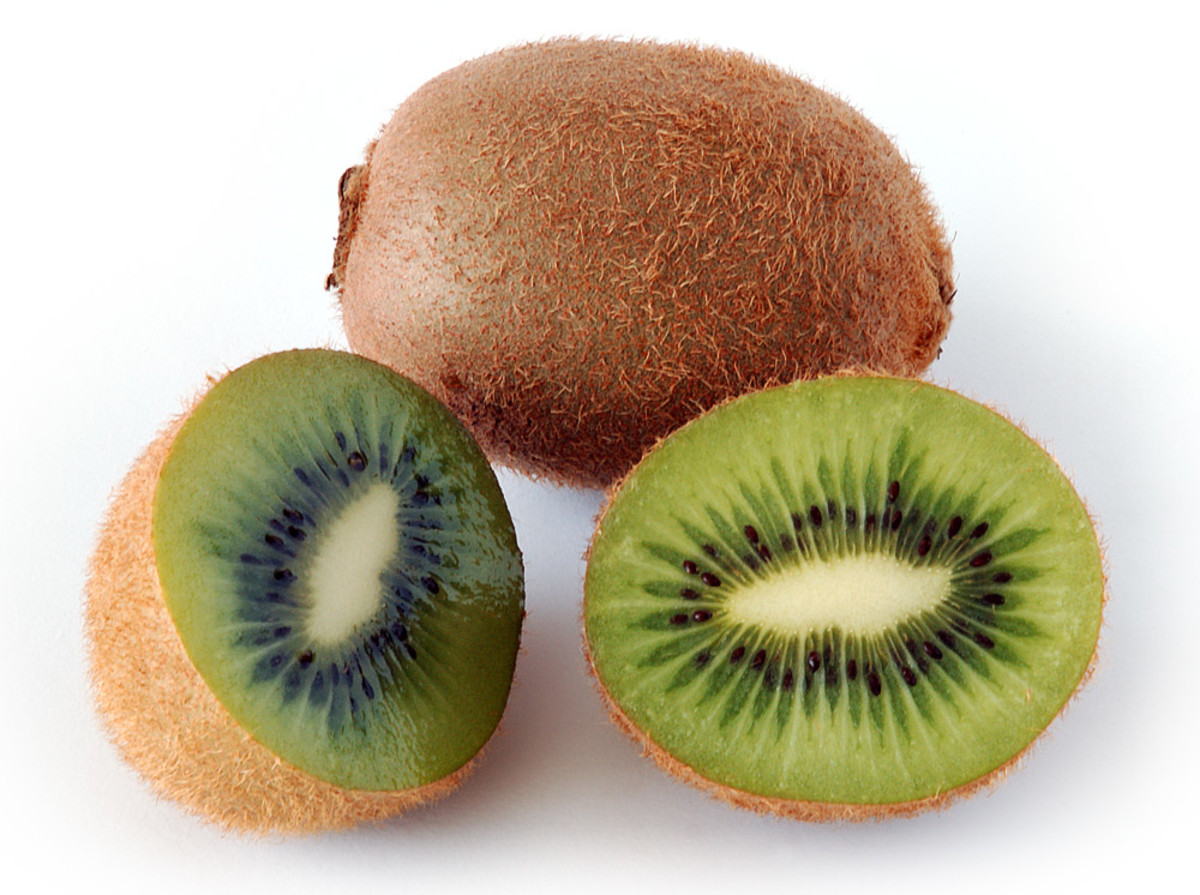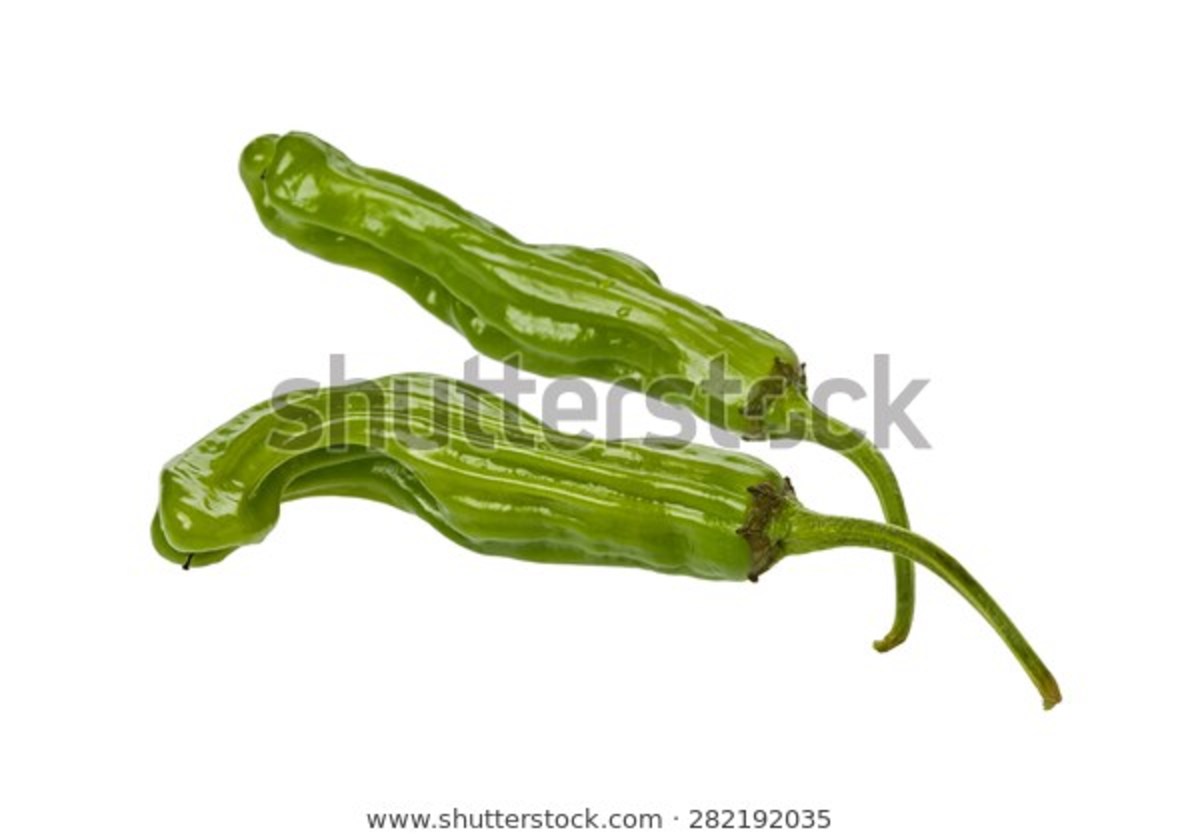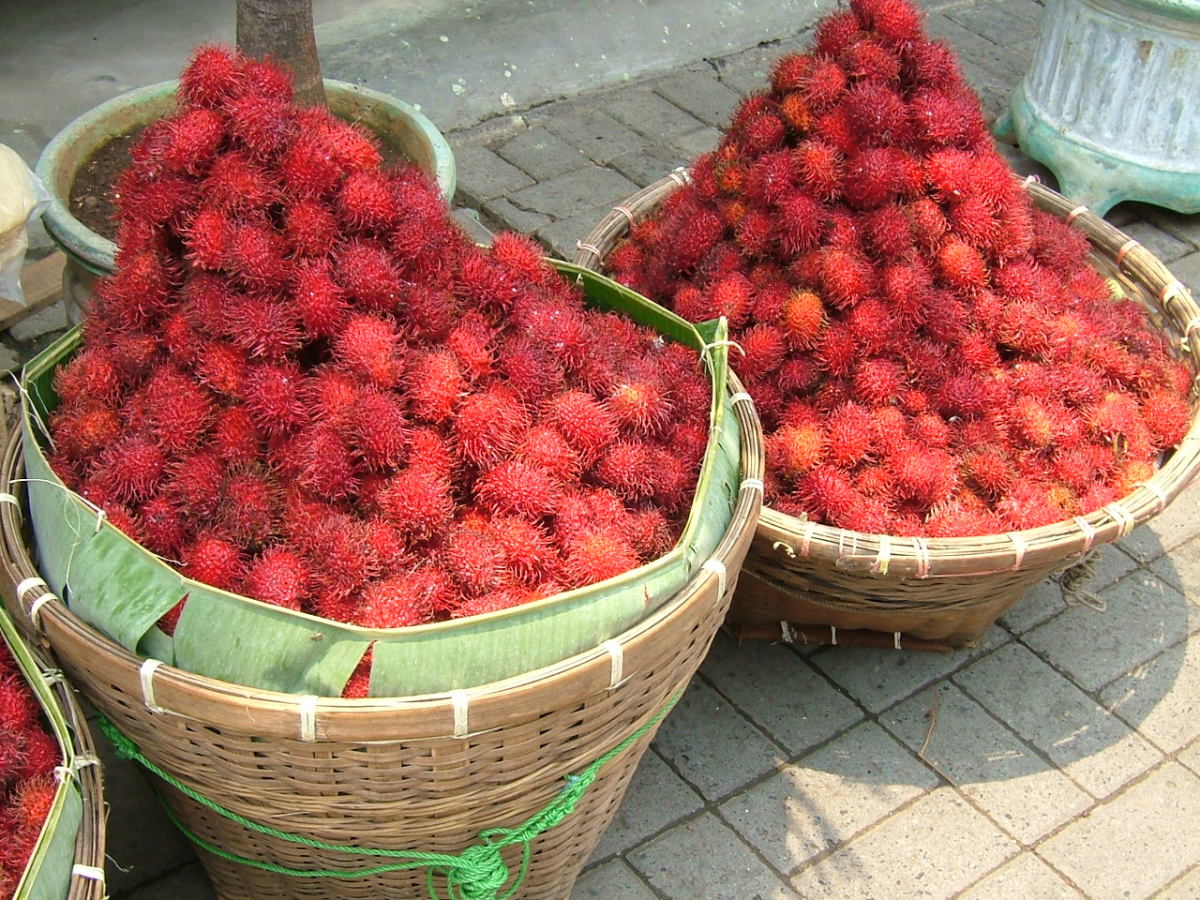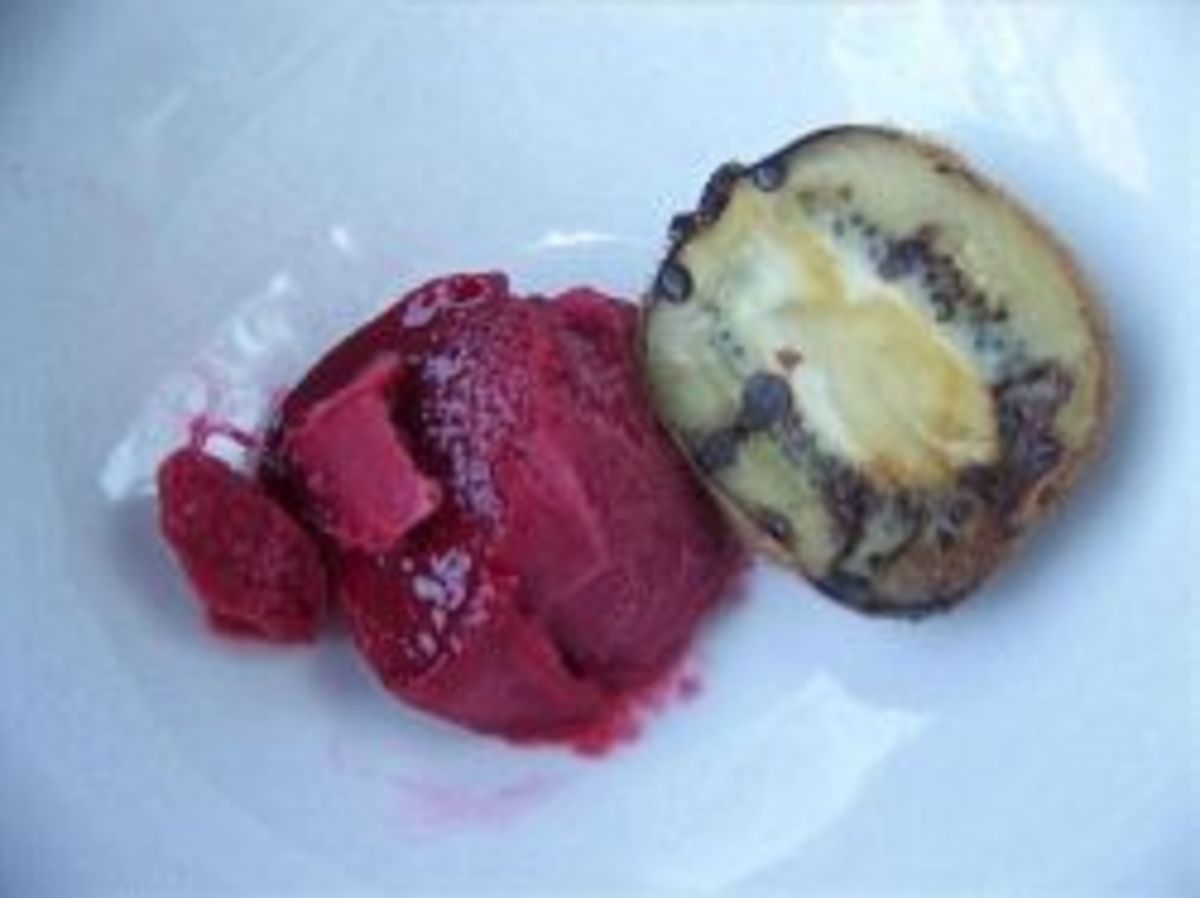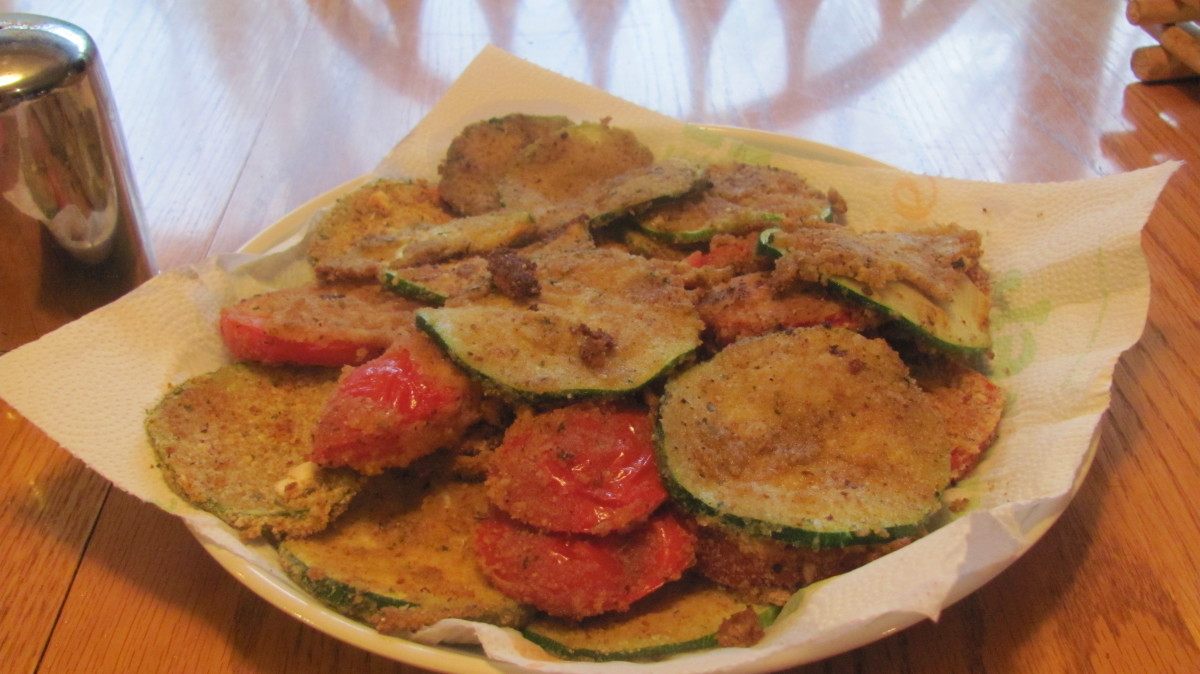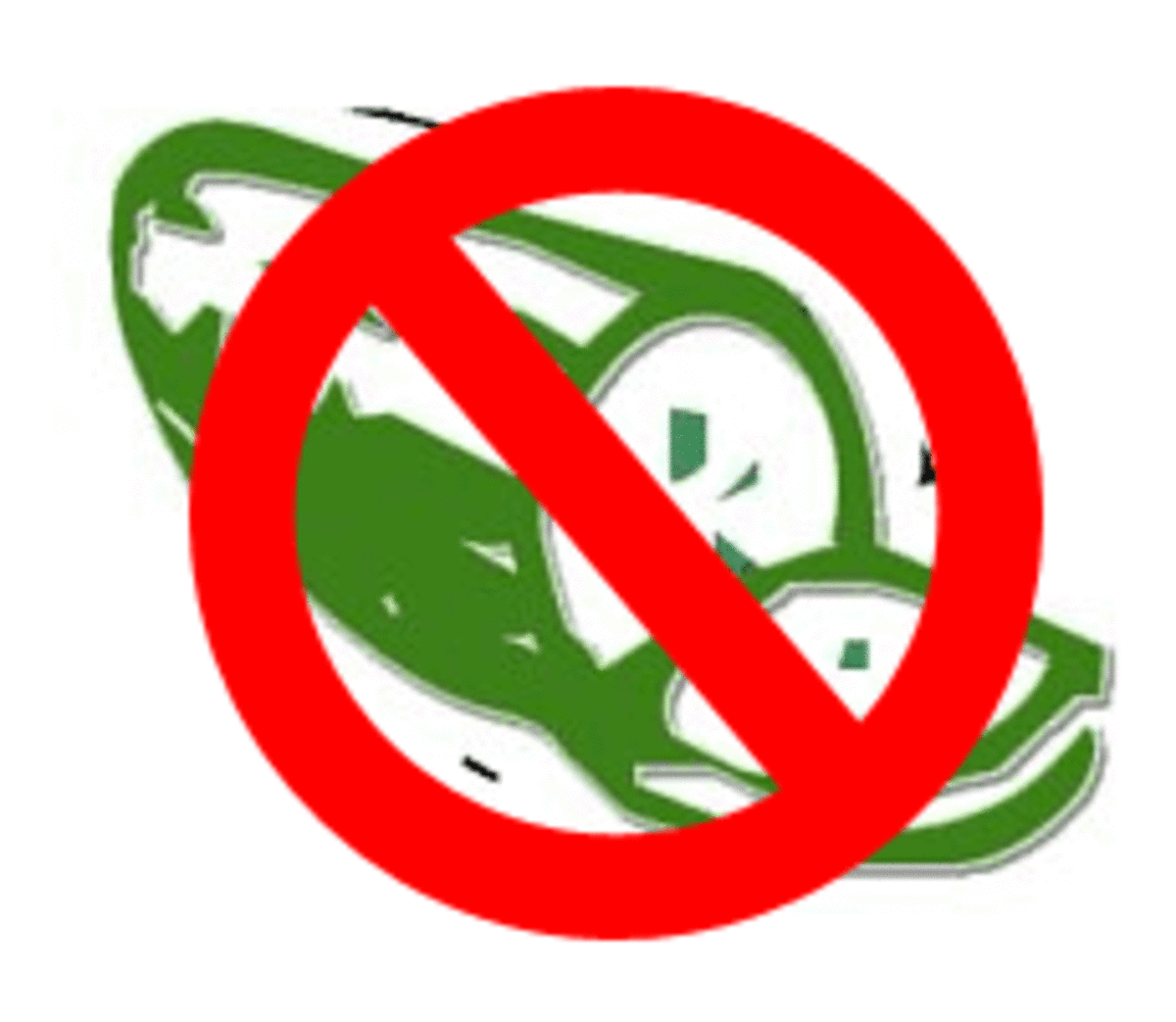Kiwi Fruit, All You Need to Know!
Kiwi Fruit
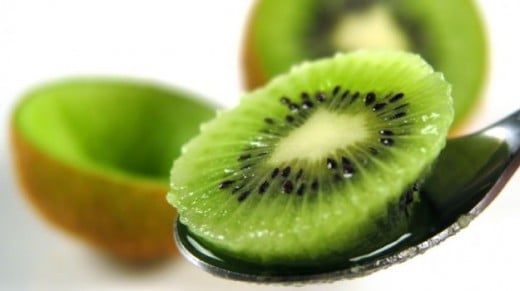
A Kiwi?
Kiwi Fruit, or Kiwifruit depending on where you live is a small little fruit that has a brownish exterior with a bight green inside. When many believe it is a fruit like an apple or an orange, it is really a berry. Kiwi first originally was called Chinese Gooseberry. In the 1950s the name was then changed to melonette, but the name never stuck - it finally evolved into kiwifruit named after the kiwi bird by New Zealand. The black seeds are edible and so its the skin, but due to the texture and flavor many peel the skin off completely. The kiwi has a unique flavor of its own. It is often used to flavor watery based drinks like crystal light and other drink mixes. Of course the kiwi fruit itself is the best kiwi taste you can get!
Kiwi , Fresh, Raw
Nutritional value per 100 g (3.5 oz)
| |
|---|---|
Energy
| 255 kJ (61 kcal)
|
Carbohydrates
| 14.66 g
|
Sugars
| 8.99 g
|
Dietary fiber
| 3.0 g
|
Fat
| 0.52 g
|
Protein
| 1.14 g
|
#NAME?
| 122 ?g
|
Thiamine (Vit. B1)
| 0.027 mg (2%)
|
Riboflavin (Vit. B2)
| 0.025 mg (2%)
|
Niacin (Vit. B3)
| 0.341 mg (2%)
|
Vitamin B6
| 0.63 mg (48%)
|
Folate (Vit. B9)
| 25 ?g (6%)
|
Vitamin C
| 92.7 mg (155%)
|
Vitamin E
| 1.5 mg (10%)
|
Vitamin K
| 40.3 ?g (38%)
|
Calcium
| 34 mg (3%)
|
Iron
| 0.31 mg (2%)
|
Magnesium
| 17 mg (5%)
|
Phosphorus
| 34 mg (5%)
|
Potassium
| 312 mg (7%)
|
Sodium
| 3 mg (0%)
|
Zinc
| 0.14 mg (1%)
|
Manganese 0.098 mg
|
Percentages are relative
to US recommendations
for adults.
Source: USDA Nutrient
database
Nutrition
Kiwifruit is a rich source of vitamin C,
1.5 times the DRI scale in the US. Its potassium
content by weight is slightly less than that of a banana. It
also contains vitamin E,
and a small amount of vitamin A.
The skin is a good source of flavonoid
antioxidants. The kiwifruit
seed oil contains on average 62% alpha-linolenic acid,
an omega-3 fatty acid.
Usually a medium size kiwifruit contains about 46 calories,
0.3 g fats, 1 g proteins, 11 g carbohydrates, 75 mg vitamins and 2.6 g
dietary fiber. It is also a natural blood thinner and can be a natural laxative (due to high amounts of fiber).
Kiwi Fruit Orchard
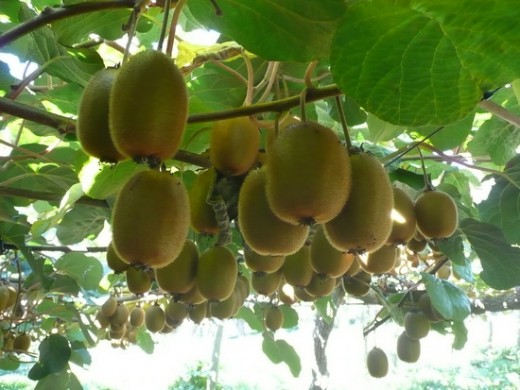
Where do kiwi fruit come from ?
Where do fuzzy kiwi fruit come from? Well just like most other fruit, it is cultivated in many countries. The number one exporter (and even where the ones I have in my refrigerator now are from) is Italy. Kiwi can be grown in most temperate climates with adequate summer heat. It is normally grown on wooden supports because the vines and fruit could be several tons an hectare. The vines of a kiwi need pruning and take one year to start growing fruit. The main issue with kiwi is the plants are dioecious. This means a plant is male or female, not both. Bees also will not pollinate these plants because the flowers aren't attractive to them, so farmers often implement saturation pollination, or adding bee hives into the area to force them to use the flowers due to competition. On average, one non-fruit producing male vine will be enough to fertilize 3-8 females.
Top kiwifruit producers - 2007 (million metric ton)
Italy
| 0.41
|
New Zealand
| 0.36
|
Chile
| 0.17
|
France
| 0.08
|
Greece
| 0.04
|
Japan
| 0.04
|
Iran
| 0.02
|
United States
| 0.02
|
Canada
| 0.01
|
Cambodia
| 0.01
|
World Total
| 1.14
|
Source:
UN Food and Agriculture Organization (FAO
So why not eat a Kiwi?
Regardless of where its from, what its named, or how many nutrients it has overall, why not go to your local supermarket or grocer and try a Kiwi? They go great in fruit salads and many other uses! One of my favorite is in fruit smoothies. It is high in vitamin C to help keep you healthy and is a low calorie fruit!

